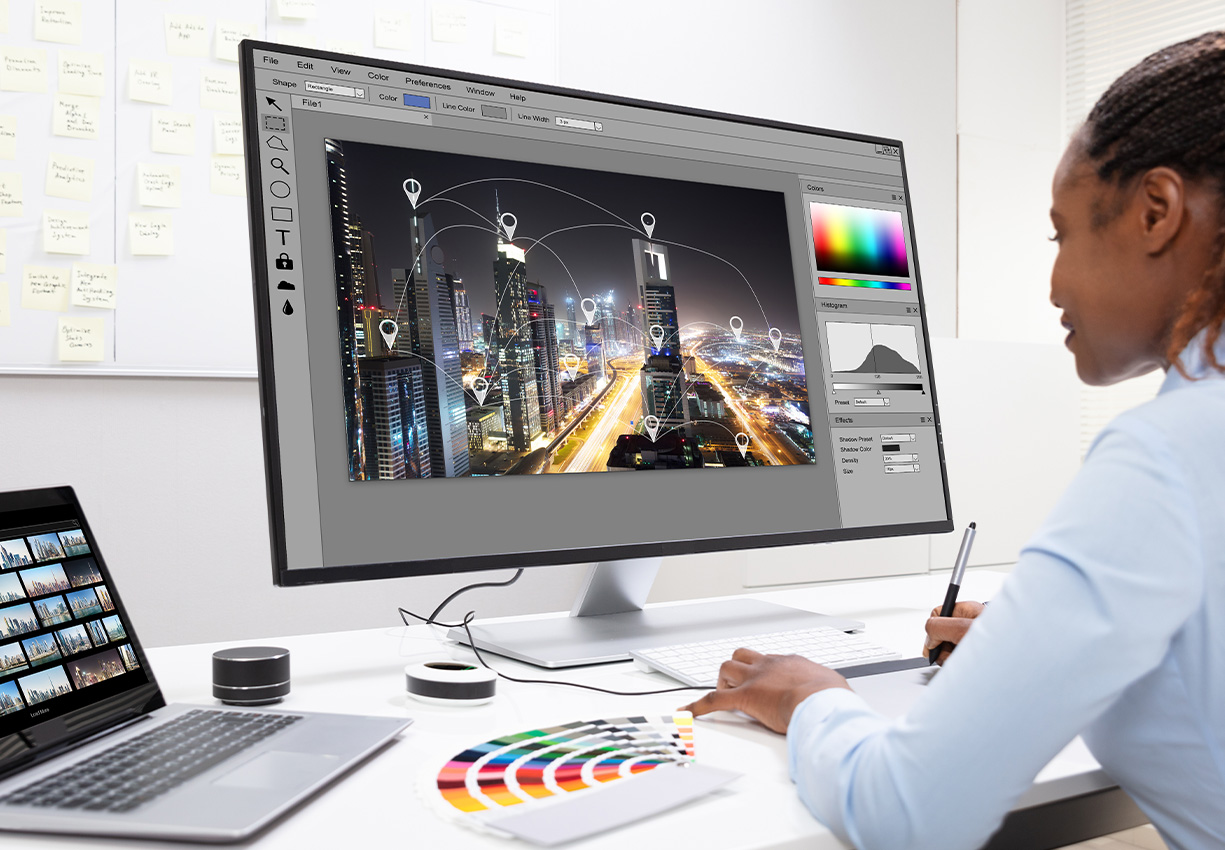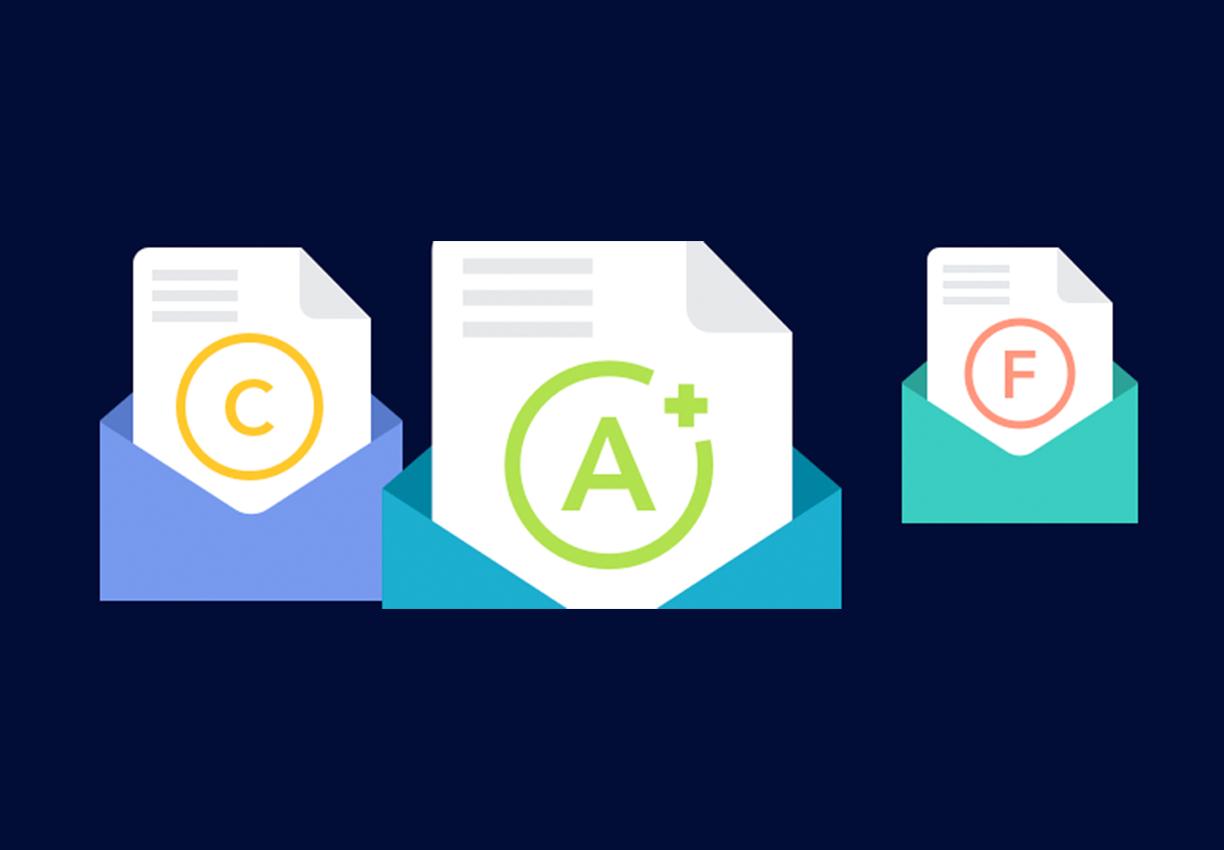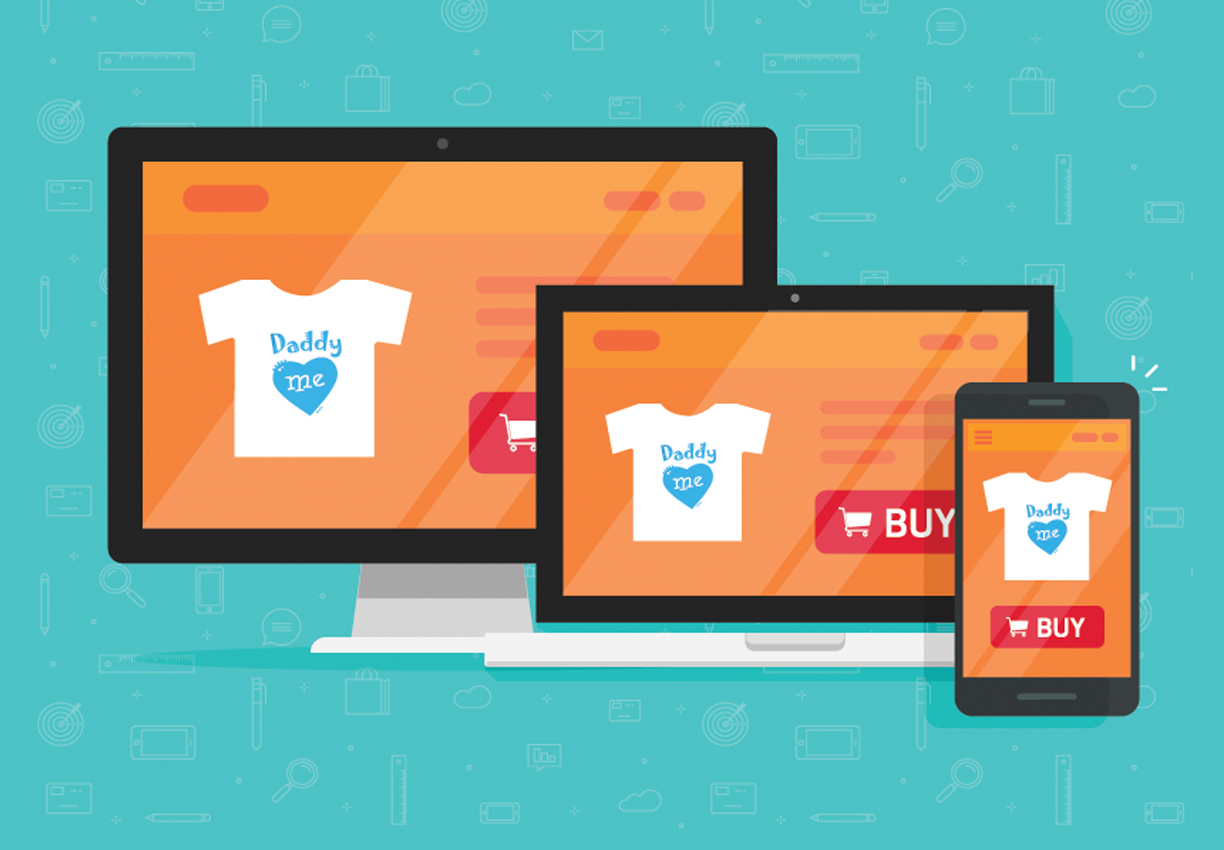Visual design is the first thing that catches users' attention when they visit a website. It creates a crucial first impression that can help grab and retain the user's attention. Research indicates that content with visual elements has a higher conversion rate than content without visuals. A visually appealing website can effectively communicate the personality of a company, its quality, and how it does business.
Visual elements include the layout, color scheme, typography, images, and more. These elements should be attractive and engaging and convey the right message about the company and its offerings. For instance, a solid typographic hierarchy can help organize content and make it easy to read.
However, visual design is not just about making a website look good; it should also support the functionality of the website. For example, color can draw the user's attention to the most critical elements on each web page, such as calls-to-action, hyperlinks, and buttons.
The Importance of Functionality
It's important to understand that while a visually appealing design can attract users, the functionality of a website is what keeps them engaged. Functionality refers to how well a website can accomplish its purpose: attracting and retaining customers. If a website is easy to navigate and users can find the information they need quickly, they are more likely to visit the site frequently and explore all it offers.
To ensure a website functions well, it must have features such as user-friendly navigation, optimized browser performance, and e-commerce capabilities. A website that operates smoothly is much more attractive to visitors than one that doesn't. Users who get frustrated with a site's functionality will likely leave and never return.
Moreover, functionality is crucial for search engine optimization (SEO). Search engines rank websites based on their structure, so a well-organized website is more accessible for them to crawl and index, resulting in a higher ranking.
Balancing Visual Design and Functionality
Balancing visual design and functionality is the key to successful web development. Both aspects should complement each other to create a user-friendly website. A visually appealing design that lacks functionality can frustrate users, while a highly functional website that lacks visual appeal can fail to attract and retain users. Therefore, web developers should begin with planning and consider both the visual and functional aspects of the website. They should also follow best practices in web development to ensure that the website meets high standards.
In conclusion, graphic design and functionality are equally crucial in web development. They are two sides of the same coin and should be equally important. A website that balances these two aspects well is more likely to successfully attract and retain users, leading to higher conversion rates and better business outcomes.





